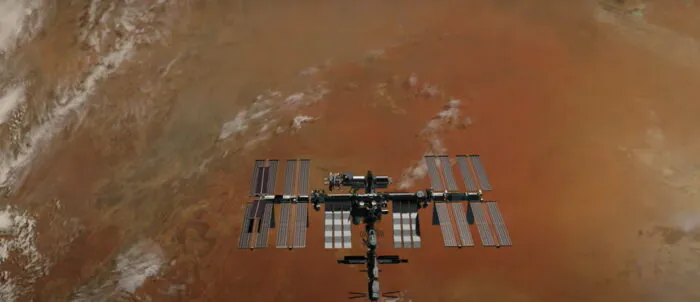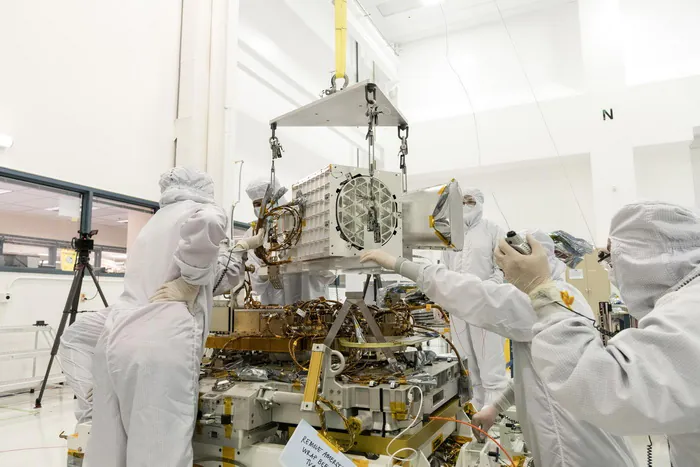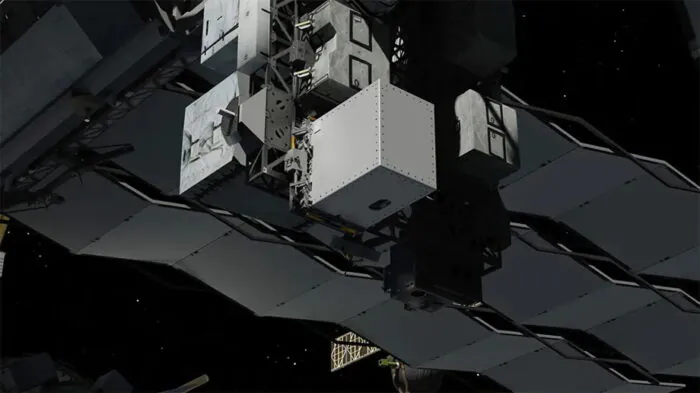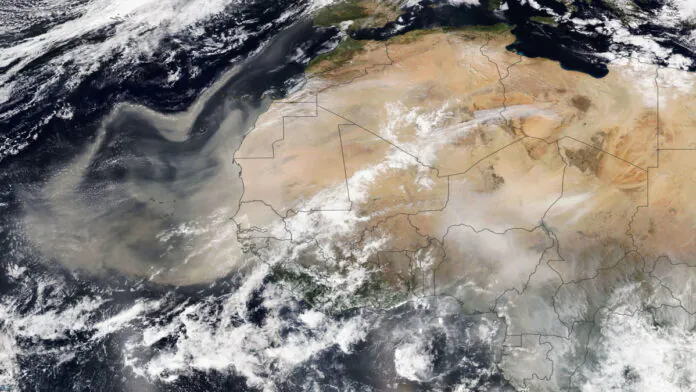© ROOT-NATION.com - Use of content is permitted with a backlink.
A payload delivered to the International Space Station could help researchers on Earth finally solve a climate mystery that has stumped scientists for years. NASA launched a key instrument for its climate research called Earth Surface Mineral Dust Source Investigation (EMIT) aboard a SpaceX Dragon spacecraft Thursday night from the Kennedy Space Center.
Dust is a surprisingly powerful force in the atmosphere, and NASA intends to better understand it. Tiny particles rise from deserts and other arid regions and, depending on many different factors, can affect our planet by cooling or heating it. However, which scenario is actually playing out across the globe, remains a mystery for scientists.

“EMIT is studying mineral dust because it’s currently an unknown element,” Robert Green, EMIT’s principal investigator and Jet Propulsion Laboratory senior research scientist, said at a July 13th briefing on the mission. “Not just the magnitude of how much it heats or cools, but whether it heats or cools is uncertain.”
One of the reasons why dust is such a mystery is that its particles come in different colors. For example, it can be dark red because it contains iron, or if it contains clay, it can be much lighter.

These lighter dust particles reflect sunlight, helping to cool the planet. At the opposite end of the spectrum, dark dust particles actually absorb solar energy and instead have a heating effect. With climate change already warming everything to dangerous levels for life on Earth, scientists really want to know if the dust is helping or hurting efforts to stabilize global temperatures.
This is where EMIT can help. It will use an instrument called the Advanced Spectrometer to collect more than a billion measurements over the next year, recording the composition of dust around the world. For this, the device will actually measure the spectrum of light reflected from the surface of our planet. This will tell scientists how much dust in the atmosphere comes from dark or light minerals.

The answers to all of these questions are critical to building better climate models, which researchers use to try to understand what climate change might bring us in the future. At the moment, climate models generally assume that the dust is yellow – on average, a mixture of dark and light dust.
“We wanted to send [EMIT] because of a gap in our knowledge, it relates to climate now and in the future, and that will allow us to have better information to adapt to climate change,” Green said at the briefing.
In addition, EMIT data will also be used to study other Earth phenomena that are affected by dust. Dust can travel thousands of km from North Africa to the Amazon rainforest, where it provides nutrients to plants. Dust also affects cloud formation, air quality and even water availability. When it lands on snow, it can accelerate the melting of the snow on which many regions depend for fresh water.
The International Space Station’s orbit around the planet is ideal for studying dust because it orbits some of the driest regions on Earth. Deserts are the source of most of the dust that travels around the world. The harsh, remote conditions of these regions make it difficult for scientists to collect dust samples over large areas of the Earth by hand.

EMIT should be ready by the end of July to begin collecting data, which NASA plans to release in about two months.
You can also help Ukraine fight with Russian occupants via Savelife or via an official page of the National Bank of Ukraine.
- NASA’s spacecraft discovered the “fluffy” surface of Bennu asteroid
- NASA plans to send floating robots to explore”oceanic worlds”


